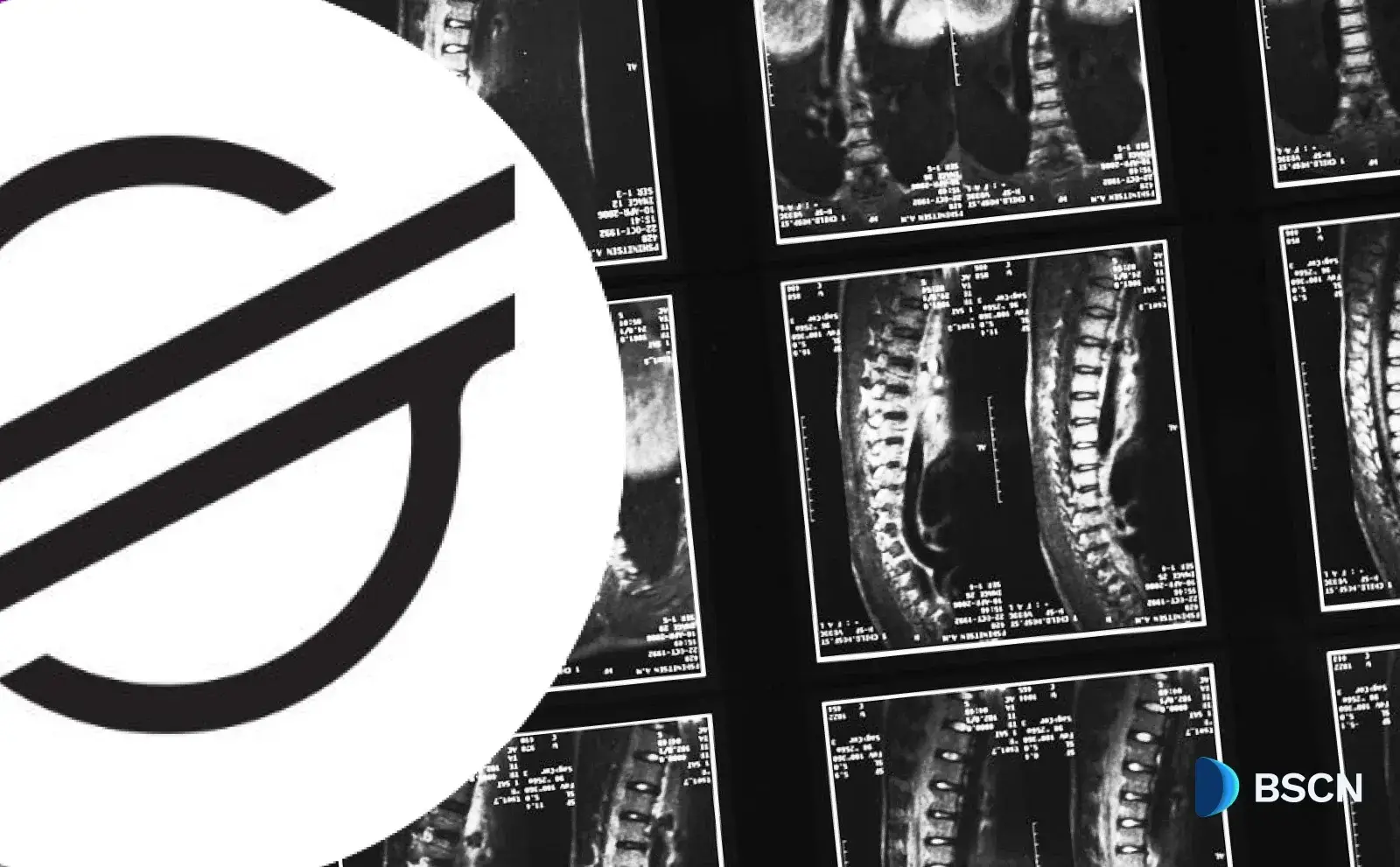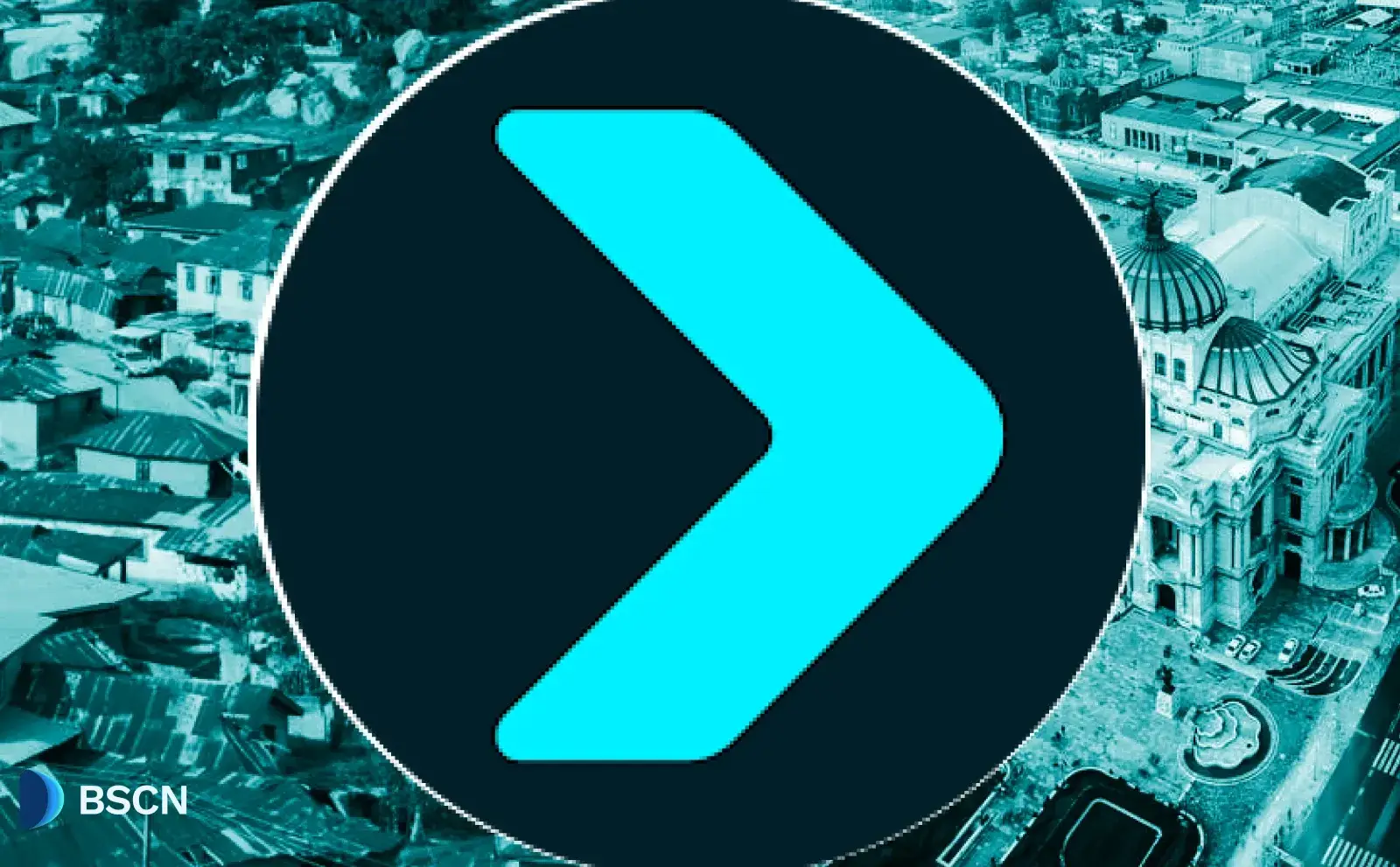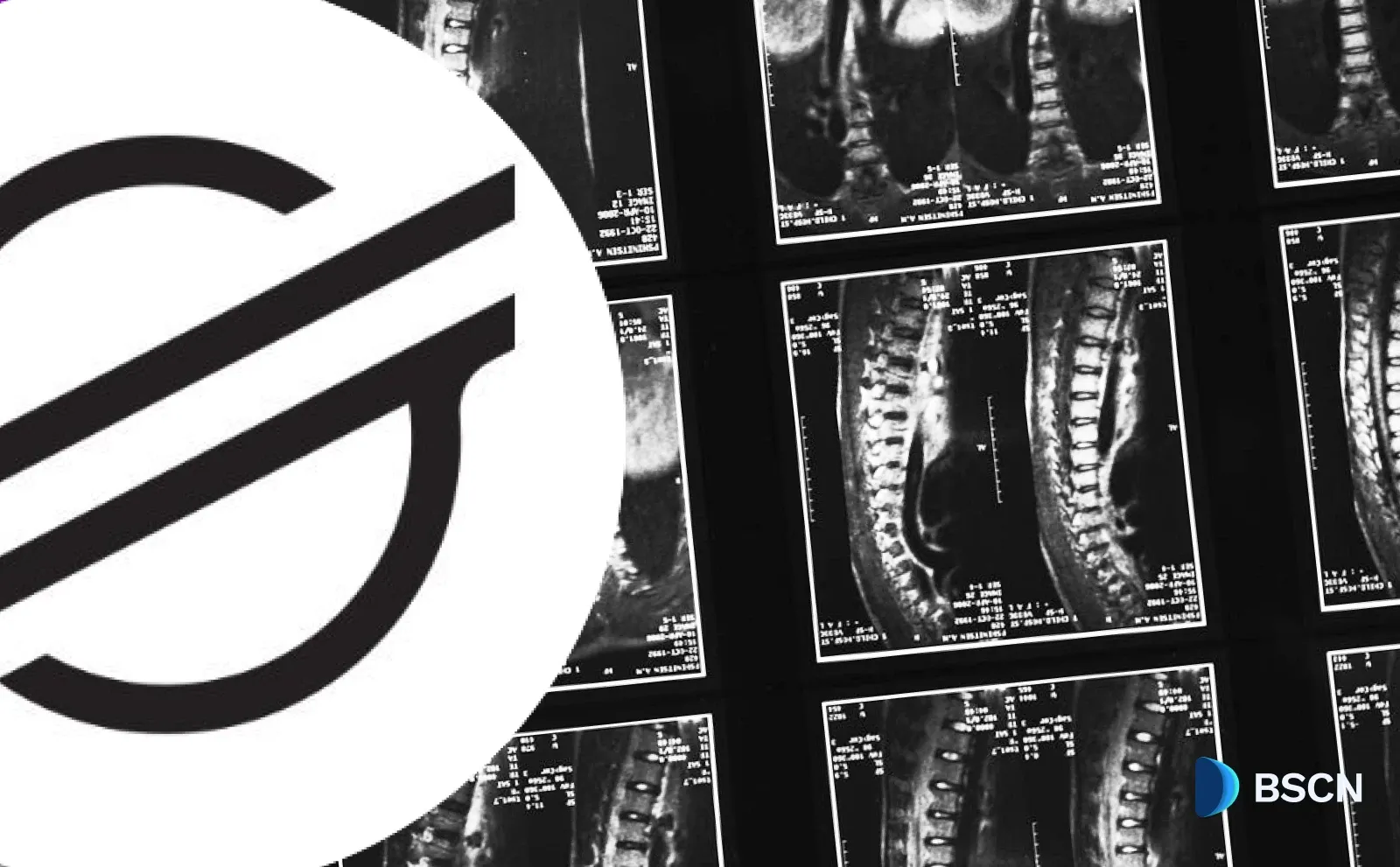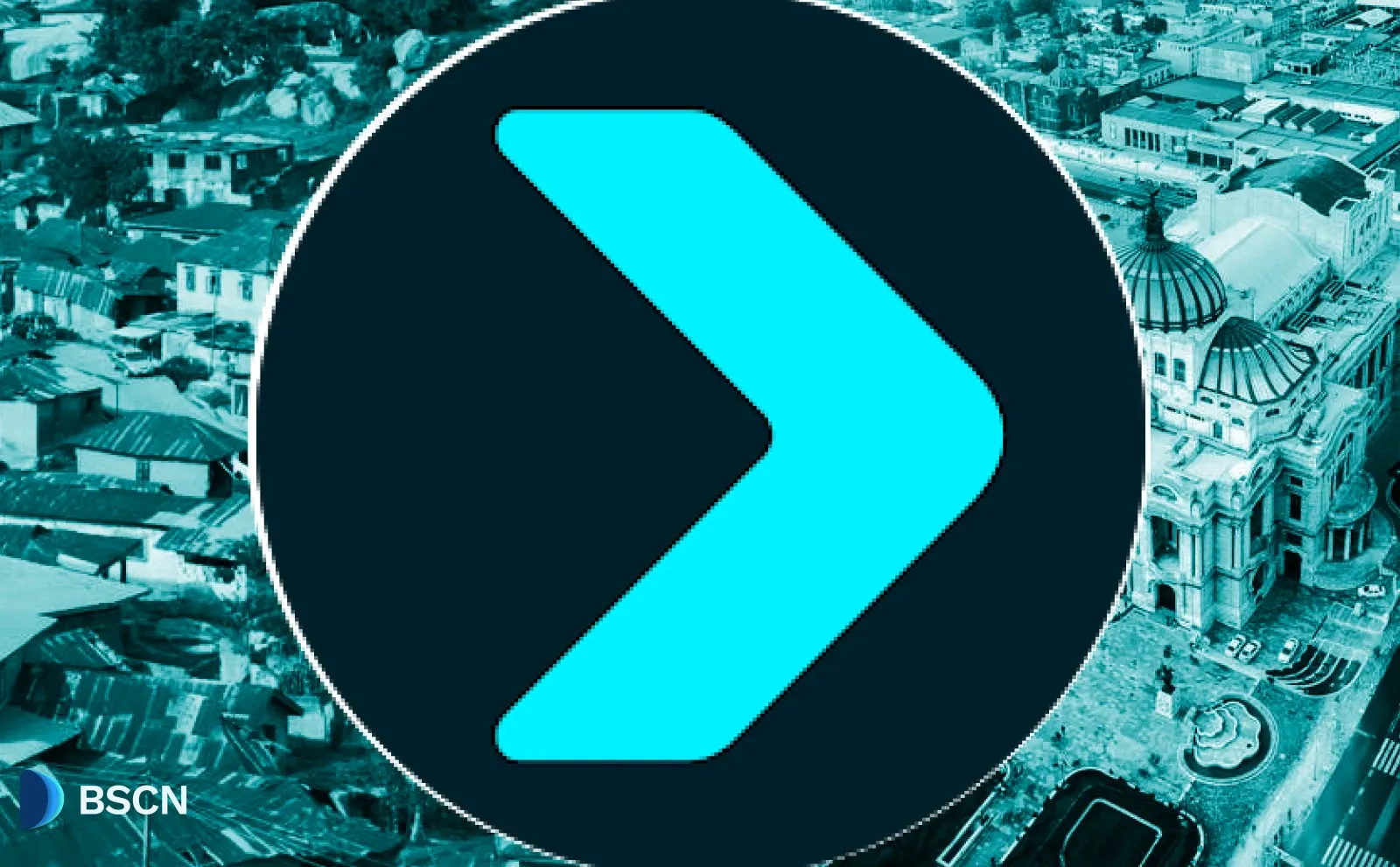News
(Advertisement)
TRON Adopts Bitcoin-Anchored Zero-Knowledge Verification Through LayerEdge Partnership

LayerEdge integrates with TRON to deliver zero-knowledge verification anchored to Bitcoin, strengthening security, transparency, and decentralization
Soumen Datta
November 5, 2025
(Advertisement)
Table of Contents
LayerEdge has integrated its zero-knowledge (zk) verification system with the TRON network, anchoring TRON’s blockchain state to Bitcoin’s Proof-of-Work (PoW) security. This integration enables TRON’s data to be independently verified in real-time through Bitcoin, creating a verifiable, tamper-proof framework for one of the world’s largest blockchain ecosystems.
Today, @layeredge announced an integration with the #TRON Network to bring Bitcoin-anchored security to TRON’s high-throughput ecosystem.
— TRON DAO (@trondao) November 4, 2025
Through this integration, LayerEdge extends its verification network’s capability to verify TRON’s blockchain state in real-time and anchor… pic.twitter.com/mLqMN6HnaX
LayerEdge’s Role in Strengthening TRON’s Security
LayerEdge, a Web3 infrastructure provider specializing in zk-proof aggregation, has brought its edgenOS platform to TRON. The system allows TRON’s blockchain state to be verified cryptographically and anchored to Bitcoin’s immutable network.
TRON currently processes over $24 billion in daily transfers and supports more than 342 million user accounts. Integrating LayerEdge’s technology introduces an external, verifiable security layer that strengthens the ecosystem without disrupting its speed or scalability.
“LayerEdge’s technology reinforces TRON’s commitment to building a secure and transparent infrastructure for global digital finance,” said Sam Elfarra, Community Spokesperson for TRON DAO. “By anchoring our network’s state proofs to Bitcoin, we’re establishing an unprecedented level of immutable verification that strengthens trust across our entire ecosystem.”
How the Integration Works
LayerEdge’s edgenOS operates by generating zk-proofs of TRON’s block headers in real time. These proofs are recursively aggregated through the proof-aggregation layer, forming a verifiable recursive tree that is eventually anchored to Bitcoin’s blockchain.
This creates a tamper-proof verification system that operates independently of TRON’s validator set. The result is enhanced security without altering TRON’s consensus mechanism or compromising transaction throughput.
Technical Advantages
The integration introduces three main security enhancements:
- Immutable Anchoring:
Each verification cycle commits to Bitcoin’s PoW chain, adding a layer of security beyond TRON’s internal consensus. - Verifiable Independence:
Anyone can independently verify TRON’s blocks through edgenOS, ensuring full transparency across the network. - Enhanced Decentralization:
Anchoring TRON’s state to Bitcoin creates an external source of truth — backed by the most decentralized blockchain in existence.
This architecture represents a practical advancement in blockchain verification, merging zk-proofs, recursive aggregation, and Bitcoin anchoring to create verifiable cross-chain trust.
Bitcoin’s Proof-of-Work remains the most proven and secure consensus model in blockchain history. By anchoring to Bitcoin, TRON gains access to this deep security base without changing its own consensus mechanism.
According to Ayash Gupta, co-founder of LayerEdge, “With over 11 billion transactions processed and one of the largest circulating supplies of USDT, TRON’s integration into our network showcases how major blockchain ecosystems can leverage Bitcoin’s immutable security without sacrificing performance or scalability.”
Understanding LayerEdge’s Core Technology
LayerEdge’s whitepaper outlines a three-part architecture designed to make cross-chain verification efficient and affordable:
- Provers: Generate cryptographic proofs of computation.
- Aggregators: Combine multiple proofs into compact batches.
- Verifiers: Validate the aggregated proofs and anchor results to Bitcoin.
This structure allows multiple blockchain applications to share a common verification layer, significantly cutting costs and improving reliability.
Integration with EVM and BitVM
LayerEdge supports both the Ethereum Virtual Machine (EVM) and BitVM, enabling developers to build on familiar environments while benefiting from Bitcoin’s immutable verification.
- Zero-Knowledge Proofs (ZKPs): Allow data to be verified without exposing sensitive details.
- BitVM: Executes complex computations on Bitcoin’s blockchain without modifying its core codebase.
Together, these systems turn Bitcoin into what LayerEdge describes as a “global trust computer” capable of securing finance, IoT systems, AI computations, and cross-chain protocols.
Efficiency and Cost Reduction
LayerEdge’s proof aggregation model significantly reduces the cost of verification.
Traditionally, each blockchain application would need to pay around $900 for independent verification. By batching and aggregating proofs from multiple sources, LayerEdge lowers this cost to under $20 per application when at least 50 applications share the verification process.
This 95% cost reduction was confirmed during LayerEdge’s most recent test phase, as detailed in its updated whitepaper.
LayerEdge’s $EDGEN Airdrop: Building a Decentralized Community
The integration months after LayerEdge’s high-profile $EDGEN token airdrop, which distributed tokens to more than 500,000 users across 800,000 wallets. Within 48 hours, over 400,000 wallets completed the claim process, making it one of the largest airdrop events in crypto history.
However, the event was not without challenges. The LayerEdge Foundation admitted that infrastructure strain and delays affected some participants. Despite these issues, the foundation emphasized transparency and fairness throughout the process.
Transparency Measures
To maintain credibility, LayerEdge implemented several transparency safeguards:
- The airdrop was gasless, using a Paymaster system to cover all fees.
- Team tokens are fully locked — no early unlocks, insider trading, or hidden allocations.
- A $1 million fund was allocated to on-chain liquidity across Ethereum, BNB Chain,
Conclusion
LayerEdge’s integration with TRON marks a technical advancement in blockchain verification and cross-chain security. By anchoring TRON’s state proofs to Bitcoin through zk-proofs and recursive aggregation, the partnership introduces:
- Tamper-proof validation of TRON’s data.
- Enhanced decentralization via Bitcoin anchoring.
- Massive cost efficiency for verification processes.
Instead of relying solely on internal consensus, TRON can now leverage Bitcoin’s immutable proof layer to reinforce trust.
Resources:
LayerEdge X platform: https://x.com/layeredge
Tron X platform: https://x.com/trondao
LayerEdge docs: https://docs.layeredge.io/
Read Next...
Frequently Asked Questions
What does the LayerEdge and TRON integration achieve?
It allows TRON’s blockchain state to be verified in real time using LayerEdge’s zero-knowledge proof system and anchored to Bitcoin’s Proof-of-Work network for added security and decentralization.
How does Bitcoin anchoring improve TRON’s security?
By committing TRON’s verification proofs to Bitcoin’s immutable chain, it creates a tamper-proof external validation layer, ensuring that TRON’s data cannot be altered without detection.
What is the role of LayerEdge’s edgenOS platform?
edgenOS aggregates zk-proofs of TRON’s blocks, builds recursive proof trees, and anchors them to Bitcoin, offering efficient, scalable, and transparent blockchain verification.
Disclaimer
Disclaimer: The views expressed in this article do not necessarily represent the views of BSCN. The information provided in this article is for educational and entertainment purposes only and should not be construed as investment advice, or advice of any kind. BSCN assumes no responsibility for any investment decisions made based on the information provided in this article. If you believe that the article should be amended, please reach out to the BSCN team by emailing [email protected].
Author
 Soumen Datta
Soumen DattaSoumen has been a crypto researcher since 2020 and holds a master’s in Physics. His writing and research has been published by publications such as CryptoSlate and DailyCoin, as well as BSCN. His areas of focus include Bitcoin, DeFi, and high-potential altcoins like Ethereum, Solana, XRP, and Chainlink. He combines analytical depth with journalistic clarity to deliver insights for both newcomers and seasoned crypto readers.
(Advertisement)
Latest News
(Advertisement)
Crypto Project & Token Reviews
Project & Token Reviews
Comprehensive reviews of crypto's most interesting projects and assets
Learn about the hottest projects & tokens













